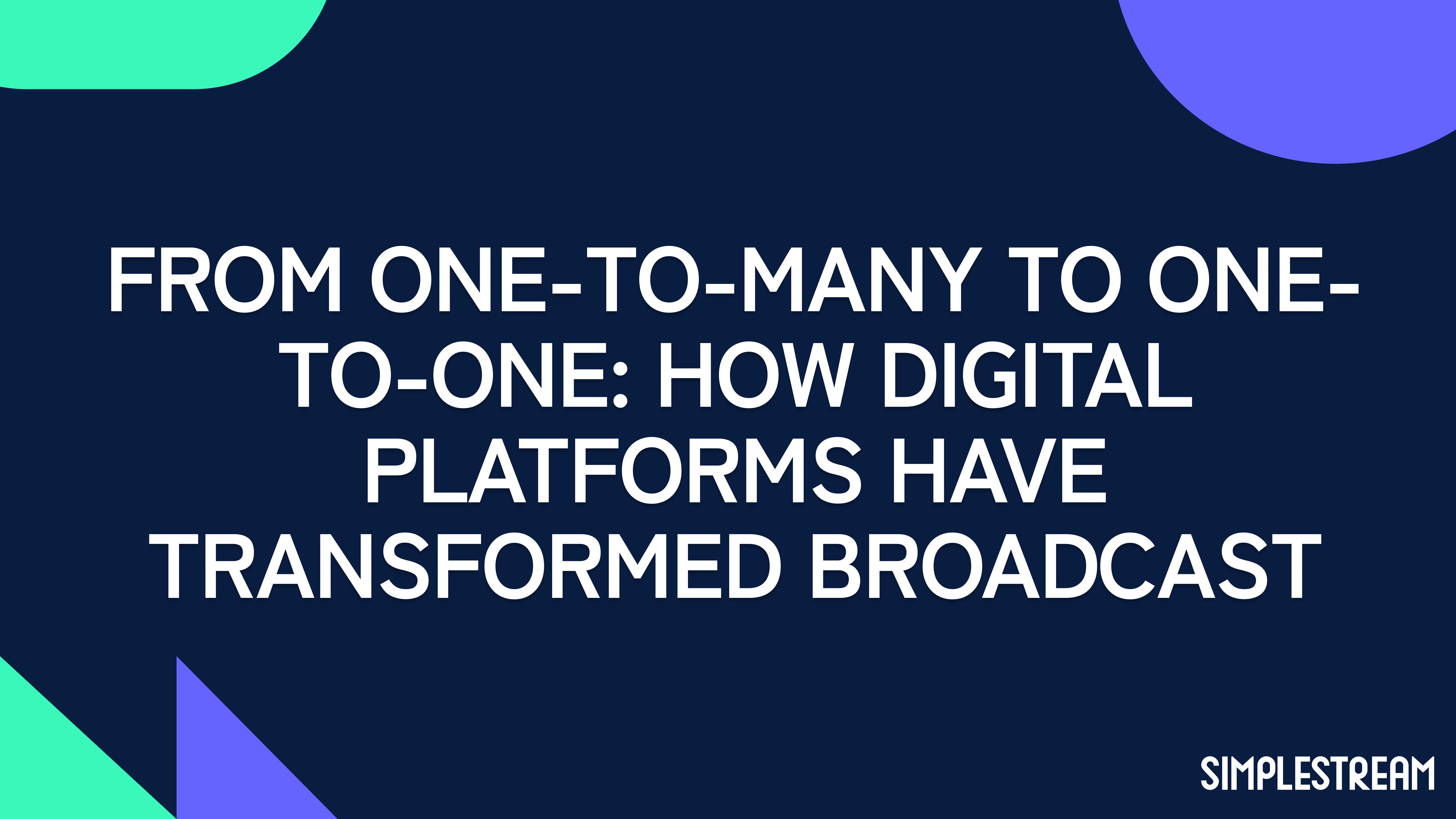A platform for success: the challenge of syndicating FAST channels
Launching FAST channels isn’t as fast or simple as it first seems. Learn how to get your channel on leading platforms, get in front of an engaged audience, and generate ad revenue.
When talking about syndication, you’d be forgiven for thinking about broadcast TV channels showing reruns of Judge Judy, Frasier, or Friends. That’s “broadcast syndication”, which is leasing rights to broadcast TV shows on multiple stations. The world of rights and syndication has changed a lot since the first episode of Frasier aired (1993, for those that are interested).
Content syndication isn’t limited to linear distribution; rights can be split for linear and on-demand viewing. This is why you might see a Friends FAST channel pop up, alongside its availability on demand on a separate streaming platform. So, if that’s the case, why isn’t everyone buying up content licenses and launching a FAST channel right now? Simply put, that would be like showing up at the stage door to The Royal Albert Hall with a guitar and a dream. Read on to find out how you get through the stage door, and onto that stage, fast.
No more, thanks, I’m full 🥛
When there’s a gold rush moment, everyone naturally rushes to get some and sell it. The issue is that when everyone has a similar product and idea, that’s a saturated market. Only so many eyes, only so much content.
Leading FAST channel platforms are now facing this issue. Every person and their dog want to launch a channel… fast. These platforms have naturally become increasingly protective of their audience, and rightly so. It’s a limited marketplace, and syndication is challenging.
No one’s watching Jersey Shore on demand 🏖️
Someone might be… however, the point is that if your content isn’t performing well on demand, sandwiching it in a linear schedule for a FAST channel isn’t going to make it more appetising. A specific type of sandwich comes to mind. 57% of TV viewers in the US watched content on FAST platforms this year, dropping from 58% in 2022. It’s a marginal difference, but as the audience contracts, so does their appetite for content.
Quality content is the only way forward for FAST channel propositions, especially if the market has reached its point of saturation.
Buy rights, win fights 🥊
I’m not suggesting you walk into Universal Pictures and start throwing hands - unless they’re fistfuls of cash. FAST channels shouldn’t be seen as a cure for underperforming platforms, they need to have substance and a selling point.
Killer content is what makes it through the multi-tier approval process. Linear rights present an opportunity to get that content, even if it’s already available on demand elsewhere. If someone can watch the same title for free on your FAST channel, in return for some ads, it’s likely they’ll tune in. Maybe even a Jersey Shore channel might see some success.
Getting on stage 🎤
Premium content gets you inside the stage door, maybe even backstage. What about getting on stage and in front of that audience? You need to show that the content you have is ready to perform.
Recognisable titles with existing audiences are an easy sell because there’s an almost guaranteed return in ad revenue. No one is showing up to watch an unknown artist perform at The Royal Albert Hall, but if you throw in a big name with that artist… it’s a different story. It’s not selling the sandwich mentioned earlier if you have recognised content titles alongside lesser-known — but still great — content. Not to mention the opportunity content creators have in launching their own ad-supported service.
FAST channels are ideal if your content is already proven to perform well. They aren’t a cure or an antidote to unpopular content. Winning a coveted space for your channel on these platforms could net you Royal Albert Hall numbers in ad revenue and audience.


